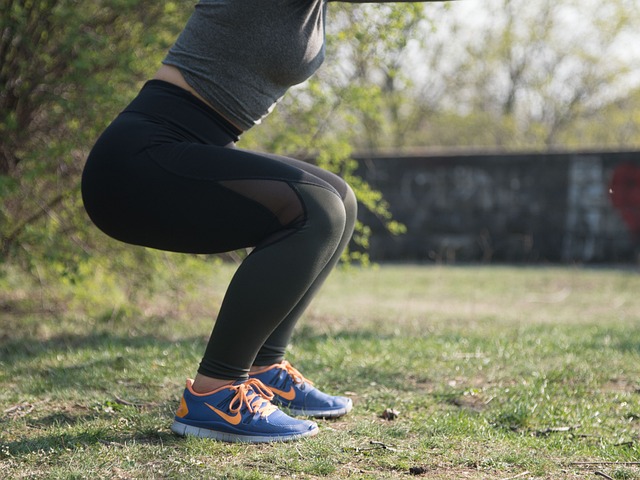Sportswear: How Activewear and Athleisure Fit into Modern Clothing
Sportswear covers a broad range of garments designed for movement, comfort, and everyday use. From performance-focused activewear to relaxed athleisure outfits worn outside the gym, sportswear influences how people choose clothing for work, leisure, and exercise. This article explains practical features, design considerations, and style trends that shape modern sportswear, helping readers understand fabrics, fit, and how to integrate these pieces into daily wardrobes.

What defines sportswear?
Sportswear originally described garments made for physical activity, emphasizing function over form. Today, the term includes performance pieces—like moisture-wicking shirts and compression leggings—as well as casual items that borrow technical features. Key attributes include stretch, breathability, quick-drying fabrics, and ergonomic construction. Sportswear is created to support a range of movements, reduce friction, manage temperature, and sometimes provide light compression or UV protection, which distinguishes it from purely fashion-driven clothing.
How does sportswear relate to everyday clothing?
Sportswear has merged with everyday clothing through practical design and comfort priorities. Many people now choose garments that can transition from exercise to errands or casual work settings. Fabrics that resist wrinkles, stretch for comfort, and allow easy layering make sportswear appealing as daily clothing. The result is a wardrobe where pieces are selected for multifunctionality—garments that look tidy yet accommodate movement or rapid changes in activity level throughout the day.
What role does fashion play in sportswear?
Fashion influences sportswear by determining silhouettes, colors, and detailing that make technical garments more stylistically versatile. Designers blend performance innovations with aesthetic choices—such as color-blocking, tailored seams, or minimal branding—to create pieces that fit broader fashion trends. Collaborations between sports brands and fashion labels have accelerated this cross-pollination, bringing attention to design as well as function. The outcome is a market where consumers expect both performance and a polished appearance.
What makes activewear different from other sportswear?
Activewear typically focuses on exercise-specific performance: breathable tops, supportive bras, purpose-built leggings, and running jackets with reflective elements. These garments prioritize function—moisture management, support, and durability—over fashion, though many activewear items now incorporate stylish elements. Technical features like flatlock seams, gussets, and engineered ventilation zones are common. Activewear is evaluated primarily by how it performs during movement and recovery, whether in aerobic classes, running, weight training, or yoga.
Why is athleisure popular in contemporary wardrobes?
Athleisure bridges comfort and style, offering garments intended as both leisurewear and acceptable casual attire. This category includes sweatshirts, joggers, stylish sneakers, and hybrid pieces that look put-together while remaining comfortable. Athleisure’s appeal comes from its adaptability: it suits remote workdays, travel, and low-key social settings where comfort and a neat appearance are equally important. The trend also reflects cultural shifts toward more casual dress codes and an emphasis on wellness-oriented lifestyles.
Conclusion
Understanding sportswear means recognizing a spectrum that runs from strictly functional activewear to fashion-forward athleisure and everyday clothing that borrows technical benefits. Fabric technology, ergonomic design, and evolving fashion sensibilities all shape how sportswear is produced and worn. Whether selecting items for performance, comfort, or style, consider material properties, intended use, and how pieces integrate with your existing wardrobe. Thoughtful choices can make sportswear a versatile, long-lasting component of daily dress without sacrificing either comfort or appearance.






